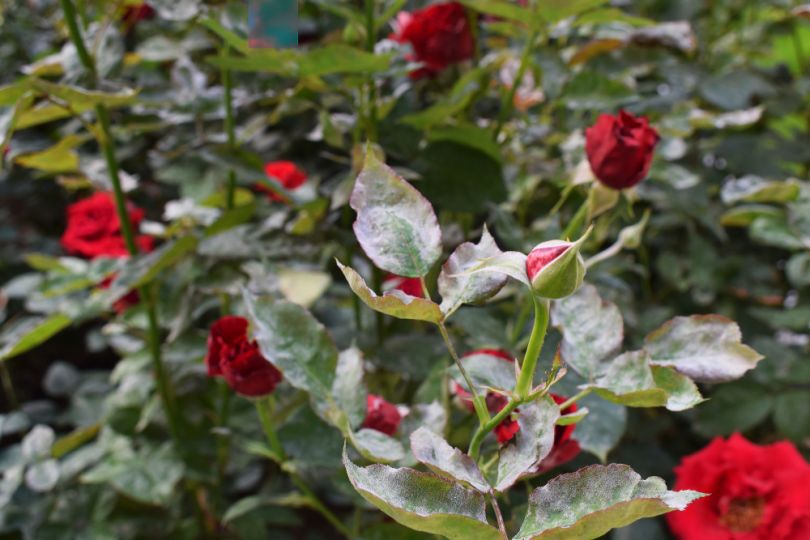
The appearance of a characteristic whitish coating on the leaves of rose bushes is a sign of powdery mildew disease, which can noticeably worsen the appearance of the rosary in a short time, prevent flowering and even cause the death of plants. The disease develops quickly, the gardener has no more than a week left to stop the defeat with a minimum of consequences for the rose plantation.
Content
Powdery Mildew Causes
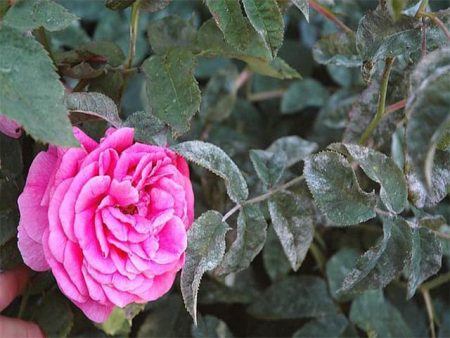
The causative agents of the disease are a whole group of fungi, various species of which parasitize on garden, cereal, fruit and ornamental crops. In roses, the disease causes the appearance of Sphaerotheca pannosa.
The fungus overwinters in cracks in the bark or in the buds of rose bushes, and in summer it spreads to other plants with spores or conidia, which are carried by wind, water or indirect contact with an infected plant (through hands, garden tools).
Factors contributing to the disease:
- cultivation in conditions of lack of light;
- sudden changes in temperature;
- high humidity (sometimes 65% is enough to activate the fungus);
- warm weather (the causative agent requires an air temperature of 22 ° C);
- dense planting of rose bushes;
- excess nitrogen in the soil;
- deficiency in plants of phosphorus, potassium and calcium;
- oxygen starvation of the roots.
Removable roses and their descendants, hybrid tea varieties, are most vulnerable to powdery mildew.
Symptoms and consequences of the disease
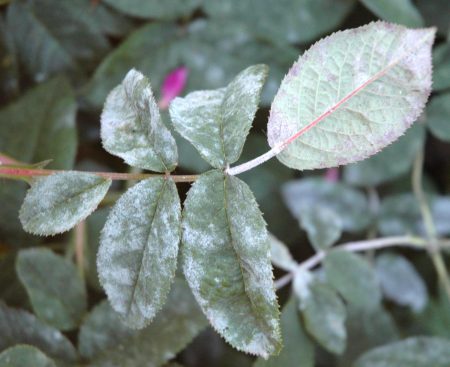
In the middle zone, the symptoms of the disease on rose bushes are most likely to be detected from mid-July to early September, but cases of awakening of the fungus were often noted already at the end of May.
The defeat of the fungus usually begins with the lower leaves, and gradually spreads to the upper tiers of the bush. On leaves, shoots, spikes, sometimes on rosebuds, a raid of gray-white hue and mealy consistency appears. This is an accumulation of fungi that feed on the juices of the upper tissues of the plant. Over time, drops of liquid appear on the coated leaves, and the coating changes color to a brown tint.
Rose bushes, sick with powdery mildew, can hardly survive wintering, as their immunity and endurance against adverse conditions are reduced.
The fungus not only damages the surface tissues in the covered areas of the bush, due to plaque on the leaves, photosynthesis processes are disrupted, which with extensive damage affects the general condition of the plant. The leaves are deformed, eventually turn black, dry and crumble. Damaged buds fall off without opening. Especially quickly, rose bushes lose their decorative appearance if the fungus infects shoots.
Control measures
Treatment of roses from powdery mildew should begin when the first signs of the disease are identified. First, you need to remove the damaged leaves, buds, peduncles, shoots and burn, and then make an antifungal treatment of the bushes. At the early stage of the development of the disease, folk remedies will be quite effective, while later it will be possible to save the rose plantation only with chemicals.
Folk remedies for the treatment of roses
Spray the bushes until the symptoms of the disease are eliminated, but at least 2 times. You need to carry out the procedure in the evening, so that drops on the leaves do not cause sunburn, but before dark.When processing plants, it is required not to spray, but thoroughly moisten the leaves (not forgetting the back side) and branches, so that the water drains from the bush.
The best remedies for powdery mildew for roses:
- Copper sulfate. Strong fungicide. First you should prepare a solution of 5 g of copper sulfate and 250 ml of water (the substance is better soluble in water with a temperature of about 40-50 ° C). In another container in 5 liters of water you need to dissolve 50 g of crushed laundry soap. The effectiveness of the solution will be higher if you use green soap, but it will require more - about 600-900 g. Both liquids are poured into one container and thoroughly mixed. It is recommended to spray the bushes once a week for 2 months.
- Wood ash. A bucket of warm water needs to be poured into 1 kg of ash and left to infuse for 1 week. Filter the finished infusion; for better adhesion to the leaves, it is recommended to add a little soap to the solution. Ash infusion is used to treat rose bushes once a week until recovery. In the case of prophylaxis, the drug can be used every 2 weeks for an unlimited period of time.
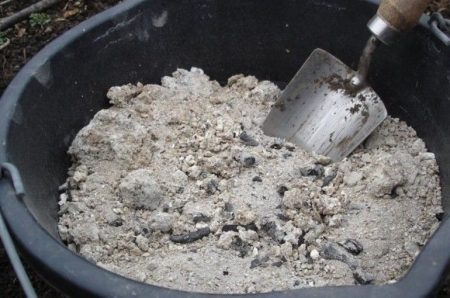
- Soda. It is necessary to dissolve 20-25 g of soda in 5 liters of hot water and add 20 g of laundry soap to the solution. You can use baking soda, but soda ash will give a better result. After cooling the solution, you can treat them with bushes. Spraying is carried out three times every 10 days.
Soda can be used as an independent tool for antifungal treatment, but a very effective tool will turn out if you add the substance to the solution from copper sulfate and green soap (about 150 g per the above volume).
- Garlic. Crush or chop 80 g of garlic cloves, pour 10 liters of cold water and leave for 24 hours. Spraying with a filtered solution is done 1 time per week until the plants recover or during the summer (for prevention).
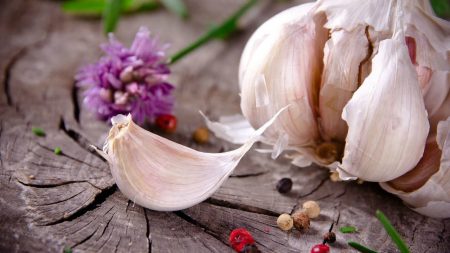
- Milk serum. To process rose bushes, serum should be diluted with water in a ratio of 1:10. For each liter of solution, it is recommended to add 1 drop of iodine. Serum spend 3 sprayings for 7 days, while iodine is not added to the solution prepared for the last treatment.
- Potassium permanganate. A 0.025% solution is required (2.5 g of potassium permanganate per bucket). Spraying is carried out 3 times, making five-day breaks between them.
- Mustard. In a bucket of warm water, pour 2 tablespoons of mustard powder and mix thoroughly until dissolved. For the treatment of rose bushes, the product is used every 2 weeks during the summer. In parallel with spraying the aerial part with a mustard solution, you can water the plants (with the same frequency).
- Manure. Rotted cow dung fill the bucket by a third and pour water to the brim. Insist 3 days, then filter and dilute with water 1: 2. It is allowed to use fresh manure, but in this case, the product should be diluted with water in a proportion of 1:10. Breaks between sprayings should be 14 days.
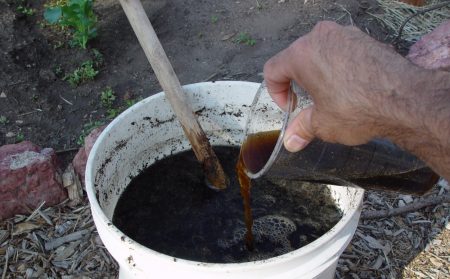
- A decoction of horsetail. To prepare the product, take fresh green parts of the plant, grind it, fill it with water (1 liter per 100 g of raw material) and insist 24 hours. After this, the infusion should be boiled for 1.5-2 hours. After cooling, the liquid is filtered. Immediately before use, part of the broth is diluted with 5 parts of water. Means are sprayed with sick bushes 3-4 times every 5 days.
- Onion peel. 200 g of raw materials should be poured with 10 liters of water and insisted for a day, then strain. In the finished product, it is desirable to dissolve the soap at a dosage of 1 g per liter of infusion. 3 roses are sprayed with breaks of 10 days.
- Green infusion.Half a bucket of freshly chopped grass (nettle, celandine, plantain, dandelion) must be poured with 10 liters of hot water and mixed. Insist 2 days, strain before use.
All products should not be stored; they must be prepared before use.
Tips for agricultural technology in the fight against powdery mildew
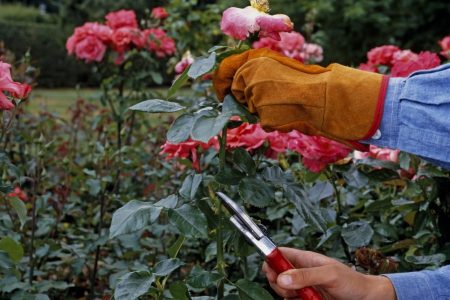
In addition to treatments, it is necessary to adjust the care of plants to create unfavorable conditions for the fungus.
At the time of treatment, it is recommended:
- quickly cut sick leaves from the bush (shoots, buds) and burn them;
- remove all old leaves of the lower tier, primarily those that touch the ground;
- reduce the number of irrigation - give water only after the topsoil has dried out;
- Do not irrigate plants by sprinkling;
- Do not feed roses;
- replace the topsoil in the flower garden.
During the recovery period of roses after the disease, they should be given good dressing with potassium and phosphorus, but not nitrogen fertilizers.
Prevention

Regular preventive measures make it possible to prevent the defeat of rose bushes with powdery mildew and some other fungi. Proper agriculture and preventive treatment of bushes will help prevent the disease.
Rules for growing roses:
- Do not make plantings too thick. The distance between the rose bushes must meet the requirements of the variety.
- Choose sunny areas illuminated during the day for planting roses.
- When growing on heavy clay soils, before planting, carry out the procedure of loosening the soil (applying sand, sawdust) to increase its aeration qualities.
- Loosen the soil regularly to provide oxygen to the roots.
- Do not allow the flower garden to overgrow with weeds.
- Do not neglect the autumn harvest: collect and burn the fallen leaves, dig the soil deep under the roses.
- Give the plants the necessary nutrition, but do not allow an excess of nitrogen fertilizers.
- Disinfect garden tools. A 1% solution of copper sulfate is suitable for these purposes.
- Inspect roses regularly to identify fungus or pests at the start of the lesion. Particular attention should be paid to the bottom of the bushes.
Grade selection

There are varieties of roses that are resistant to powdery mildew and a number of other common fungal diseases:
- Sommersonne
- "William Shakespeare 2000";
- Westminster
- Rosary Utersen;
- "Germany";
- New Dawn;
- "Hot chocolate";
- "Aphrodite";
- "Rosaman Jeanon";
- “Schloss Ippenburg”;
- Wedding Bells;
- Cadillac
- "Simple Tiger";
- "Leonardo da Vinci";
- "Rosaman Jeanon";
- Halle.
Preventive Spraying
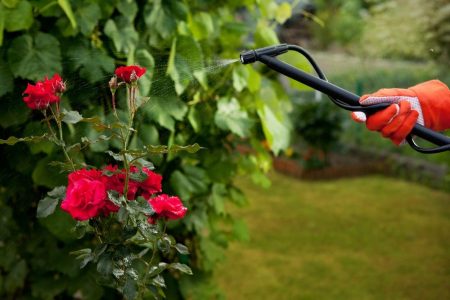
For the preventive treatment of powdery mildew, you can use any folk remedies. The most effective should be considered copper sulfate. In addition, in spring (before flowering) and in autumn (after shedding of leaves) it is recommended to treat rose bushes with “Fundazol” preparations (consumption - 10 g per 10 liters) or “Tsineb” (40 g per 10 liters).
To support plants in difficult periods when they are most vulnerable to fungus (after flowering, transplantation, after winter), it is recommended to give foliar fertilizing with phosphorus and calcium. For this, the bushes are sprayed with solutions of superphosphate and calcium nitrate - they are prepared and introduced both solutions separately from each other, without mixing (30 g for both substances per 10 liters).
Like other fungi, powdery mildew primarily manifests itself in weakened plants, the care of which does not meet the standards. A risk factor can be an unsuccessful wintering or transplantation, defeat by pests and other diseases. Very rarely, the fungus attacks strong and healthy plants. Therefore, the most effective preventive measure is to establish the optimal regime for caring for the crop, taking into account the requirements of a particular variety.


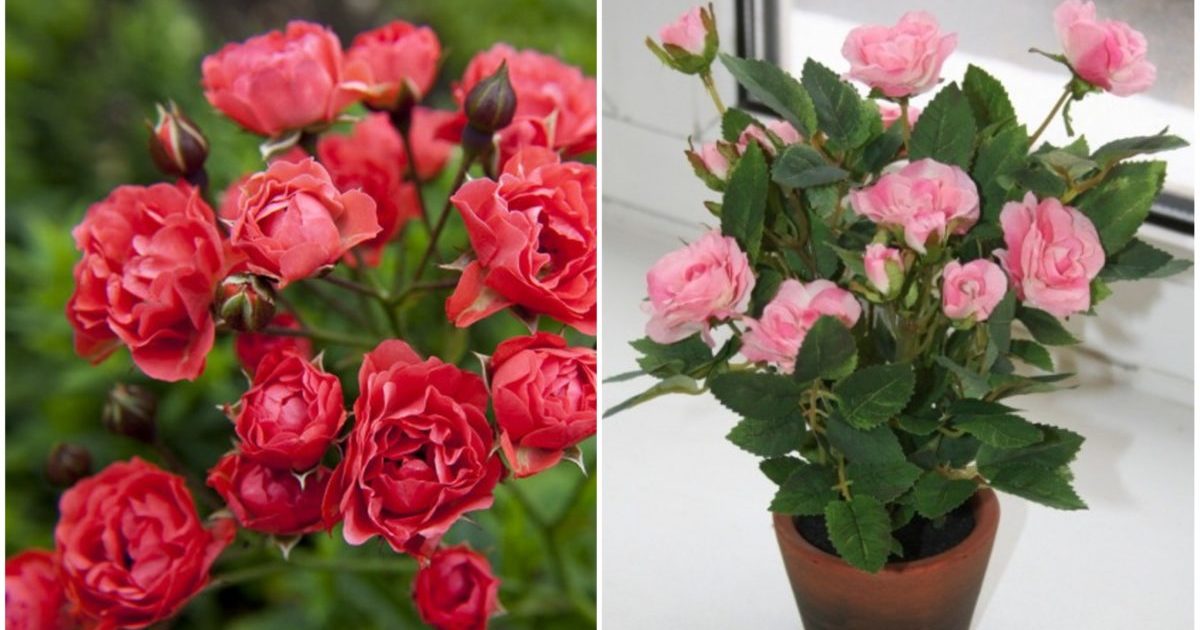
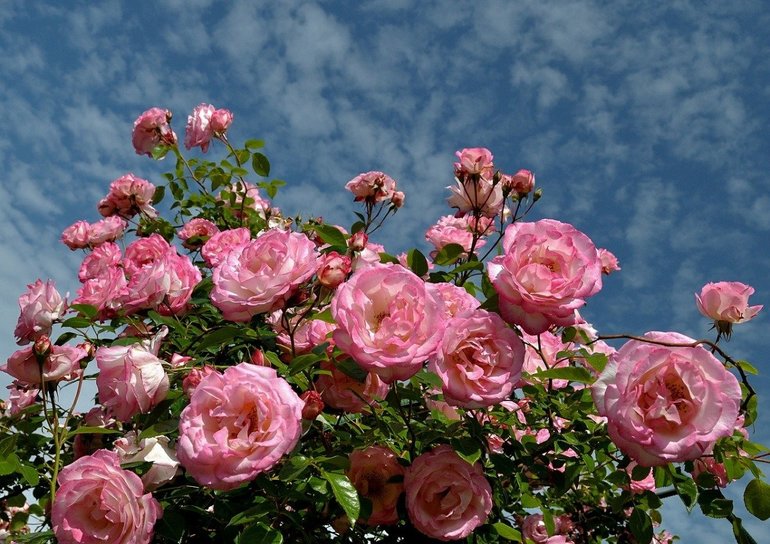
 Shelter of roses for the winter: at what temperature does the robot hold
Shelter of roses for the winter: at what temperature does the robot hold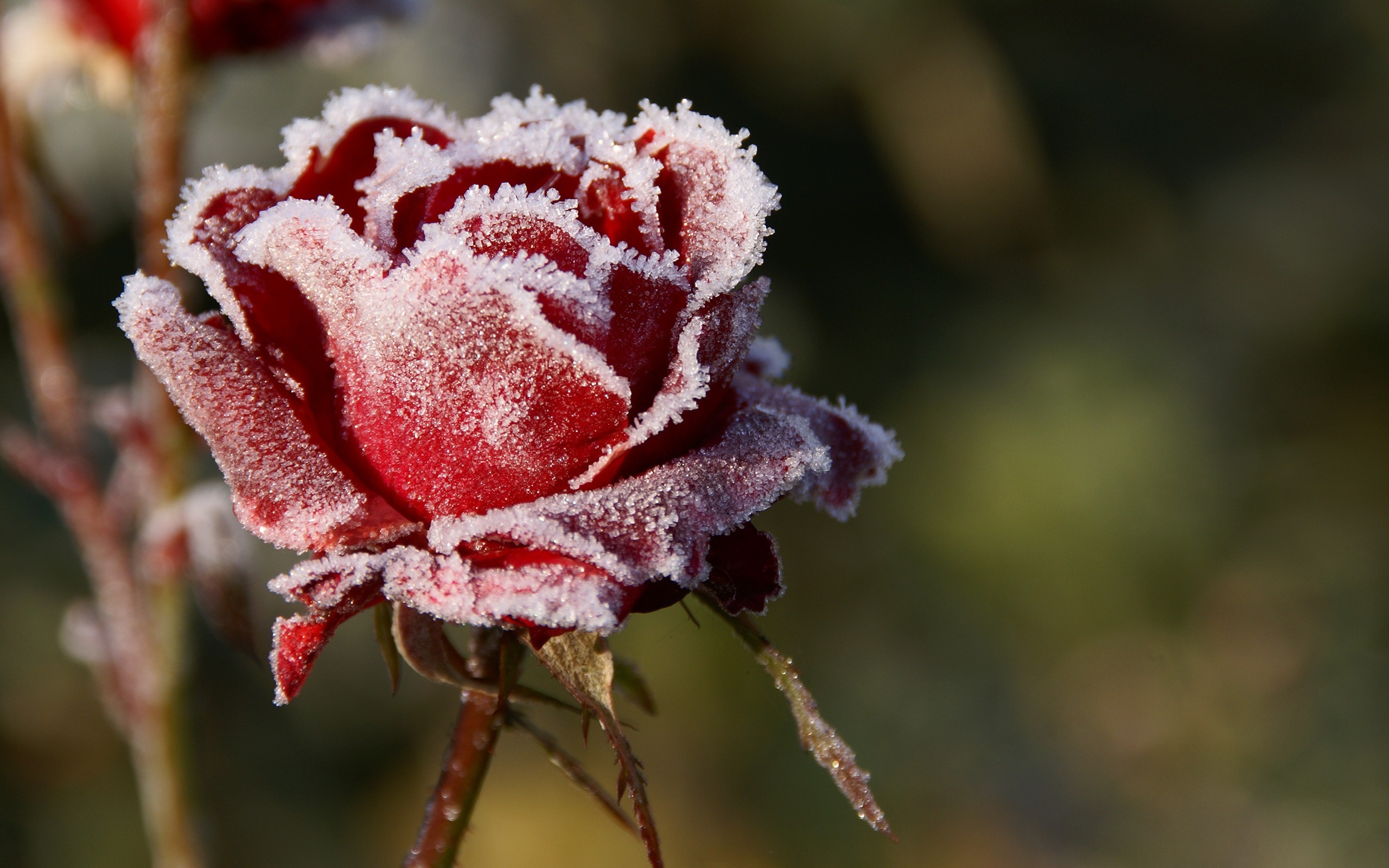 How to prune roses in the fall: timing, pruning rules, pros and cons
How to prune roses in the fall: timing, pruning rules, pros and cons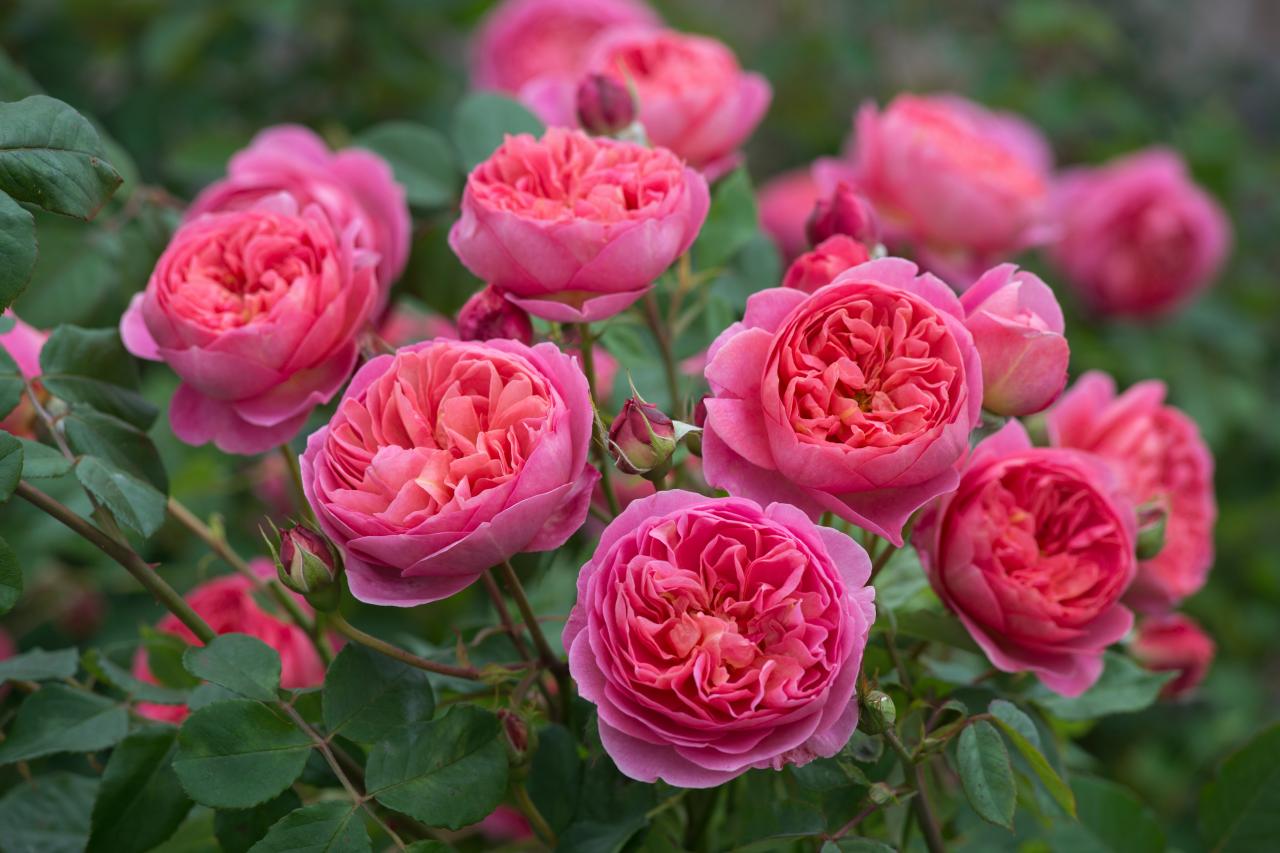 What are the varieties and types of roses
What are the varieties and types of roses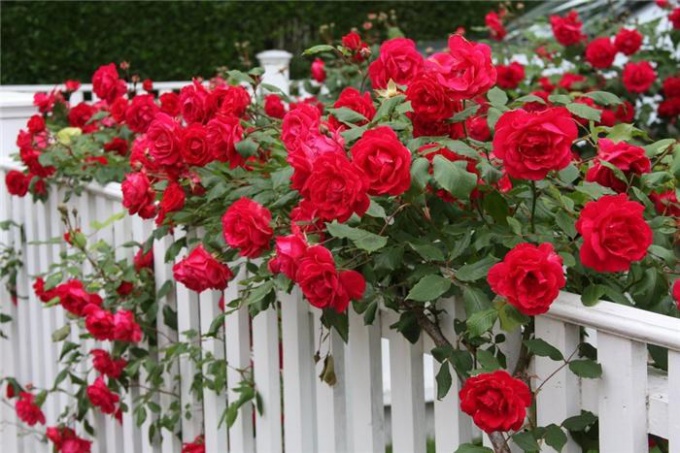 How to process roses with iron sulfate in autumn: proportions, advantages and disadvantages
How to process roses with iron sulfate in autumn: proportions, advantages and disadvantages